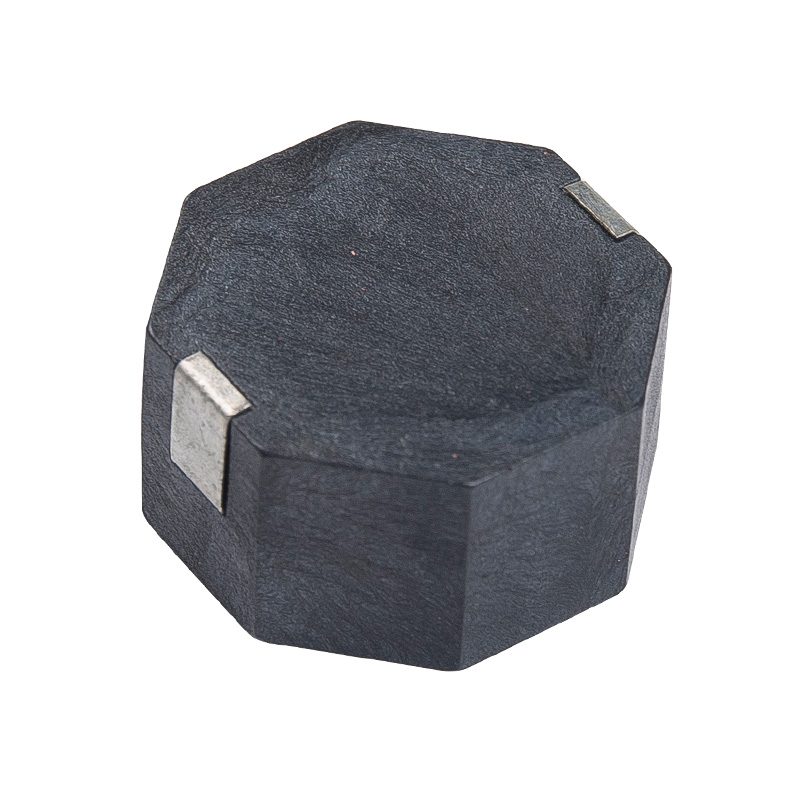The material of the diaphragm directly determines its piezoelectric performance. Piezoelectric performance refers to the ability of a material to generate charge when subjected to external forces. For a piezo buzzer, the stronger the piezoelectric performance of the diaphragm, the higher the efficiency of converting electrical energy into mechanical energy, and the louder the sound produced. Therefore, choosing materials with high piezoelectric performance to make the diaphragm is crucial to ensuring the sound quality of the piezo buzzer.
Furthermore, it also affects the frequency and timbre of the sound. Different materials have different inherent frequencies and vibration modes, which can lead to differences in the frequency and timbre of the sound emitted by the buzzer. For example, some materials may be more suitable for generating high-frequency sounds, while others may be better at producing low-frequency sounds. Therefore, when selecting the material for the diaphragm, it is necessary to determine according to specific application requirements.

In terms of the durability and stability of the sound, high-quality diaphragm materials should have high fatigue resistance and stability, and maintain good performance during long-term use. This can ensure that the sound quality and volume of the piezo buzzer remain stable during prolonged operation.
Taking all these aspects into consideration, piezo buzzers will produce clear and loud sounds. With the advancement of technology and the continuous emergence of new materials, we have reason to believe that the sound performance of piezo buzzers will be further improved in the future.


 EN
EN  English
English Deutsch
Deutsch 中文简体
中文简体
